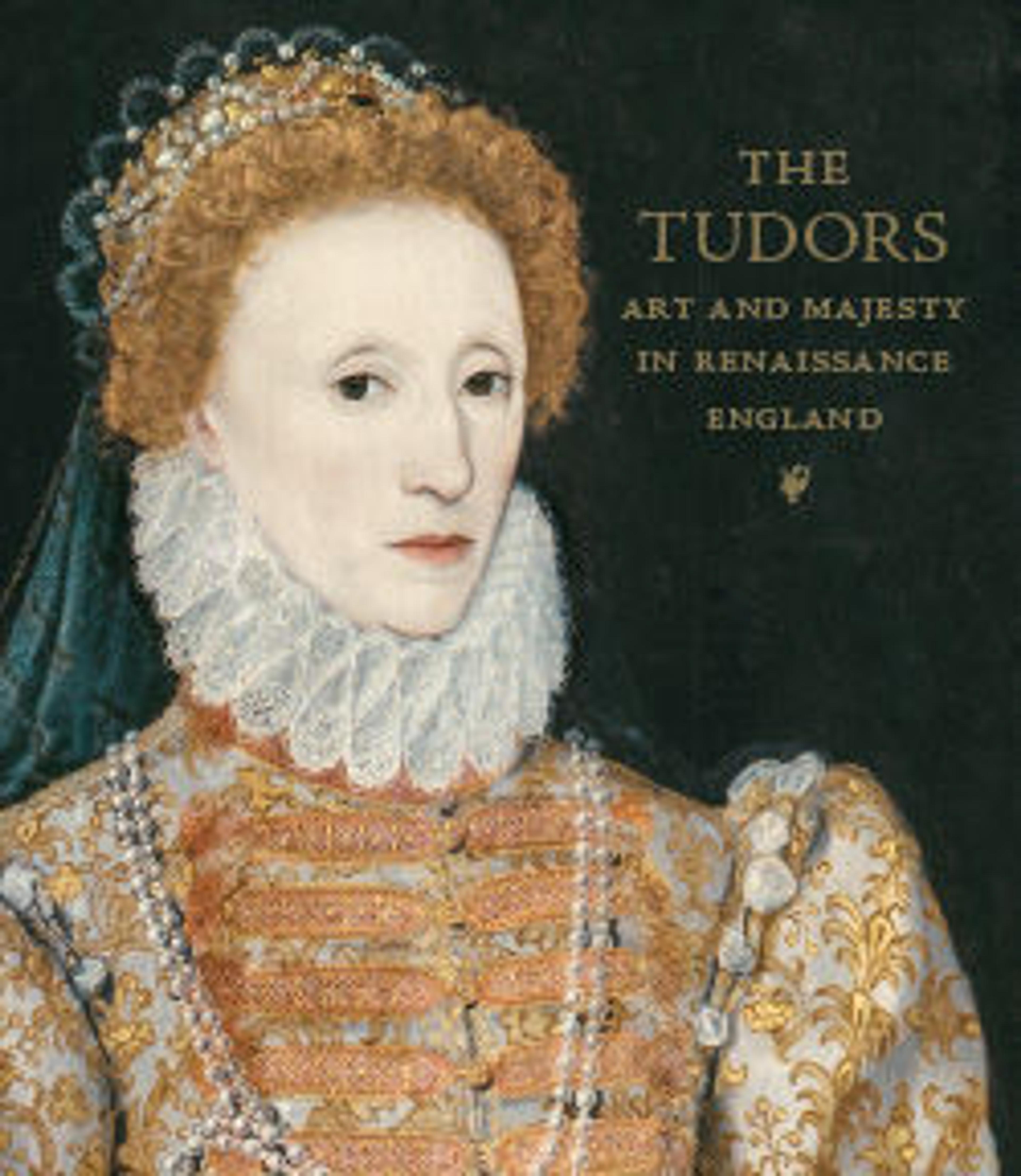Bearing Cloth
Needlework from England was prized throughout Europe, and was one medium for which the Tudors felt no need to import talent. This magnificent satin embellished with a broad border of elaborate, ornamental embroidery was almost certainly a bearing cloth- used to wrap and carry an infant during baptisms and other ceremonial occasions- from a particularly wealthy, possibly noble or even royal, household. Pomegranates were symbols of fecundity popular in English design since Henry VIII's first wife, Katherine of Aragon, introduced them as her personal badge. Here, they are interspersed with irises, lilies, and pansies topped by peacocks and caterpillars, all shimmering with spangles.
Artwork Details
- Title: Bearing Cloth
- Maker: Anonymous
- Date: ca. 1600
- Culture: British
- Medium: Silk satin embroidered with silver and gilded silver metal-wrapped threads
- Dimensions: Overall: 5 ft. 5 9/16 in. × 3 ft. 6 1/2 in. (166.5 × 108 cm)
- Classification: Textiles-Embroidered and Woven
- Credit Line: Purchase, Friends of European Sculpture and Decorative Arts Gifts, 2016
- Object Number: 2016.526
- Curatorial Department: European Sculpture and Decorative Arts
More Artwork
Research Resources
The Met provides unparalleled resources for research and welcomes an international community of students and scholars. The Met's Open Access API is where creators and researchers can connect to the The Met collection. Open Access data and public domain images are available for unrestricted commercial and noncommercial use without permission or fee.
To request images under copyright and other restrictions, please use this Image Request form.
Feedback
We continue to research and examine historical and cultural context for objects in The Met collection. If you have comments or questions about this object record, please complete and submit this form. The Museum looks forward to receiving your comments.
